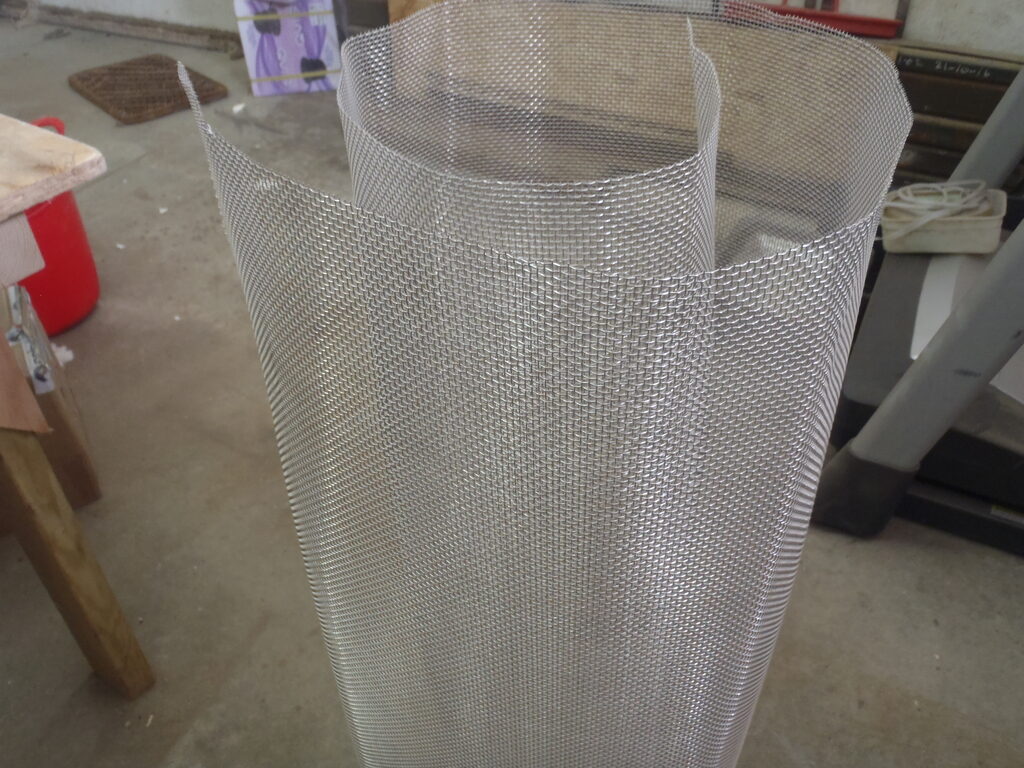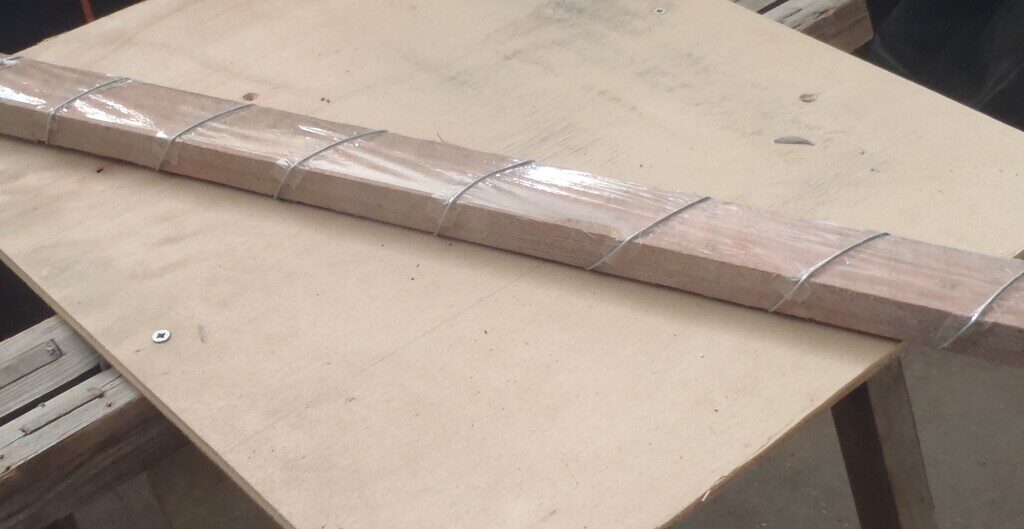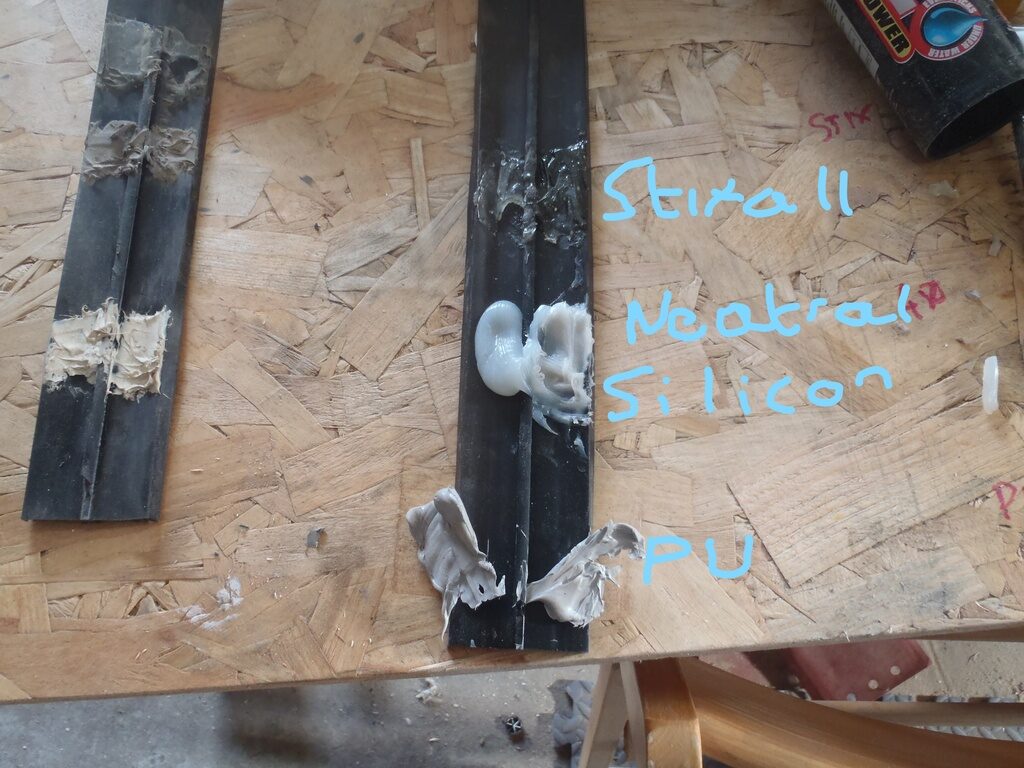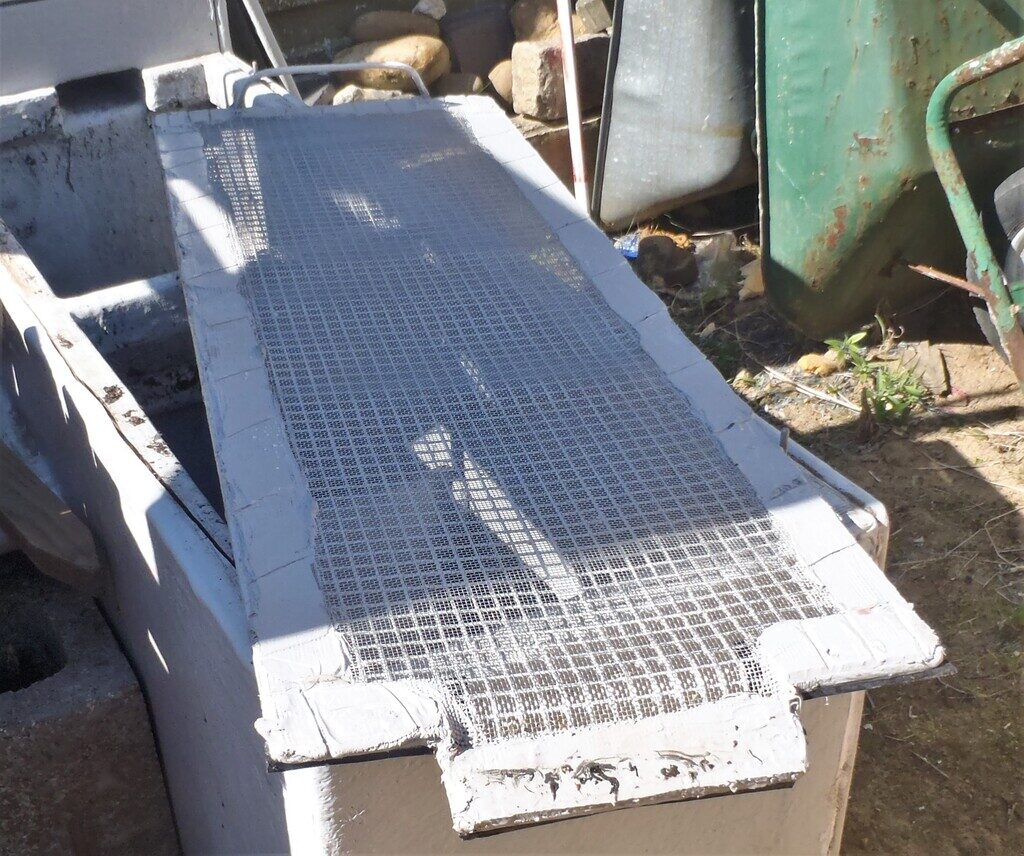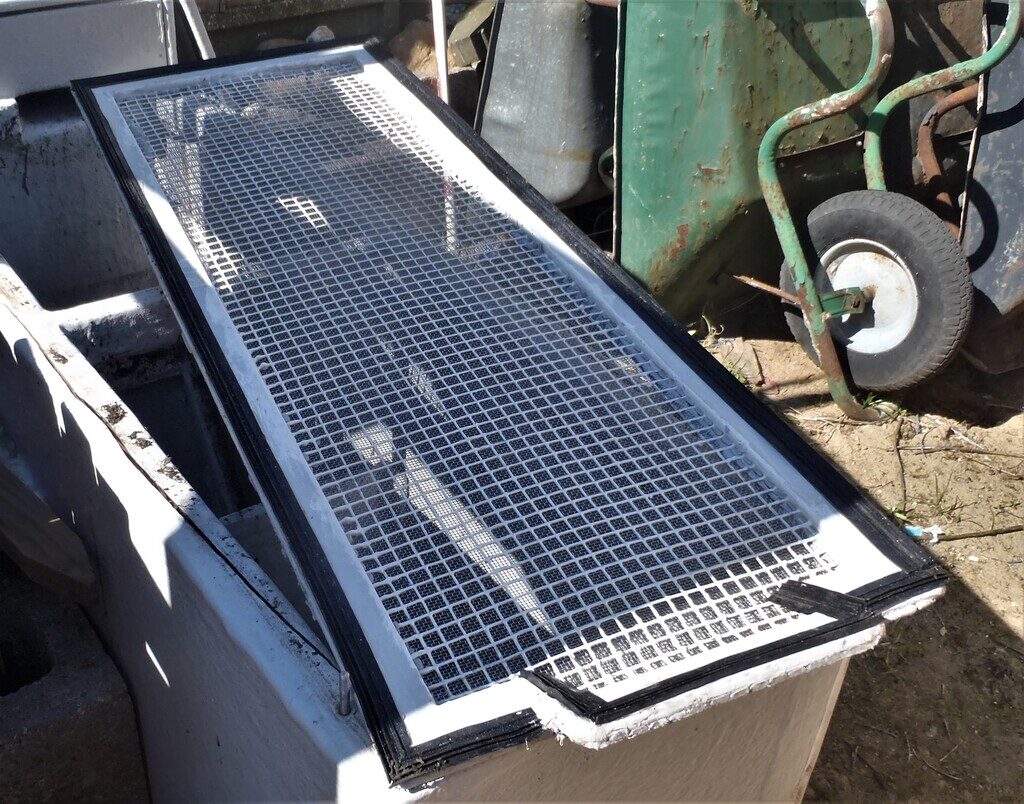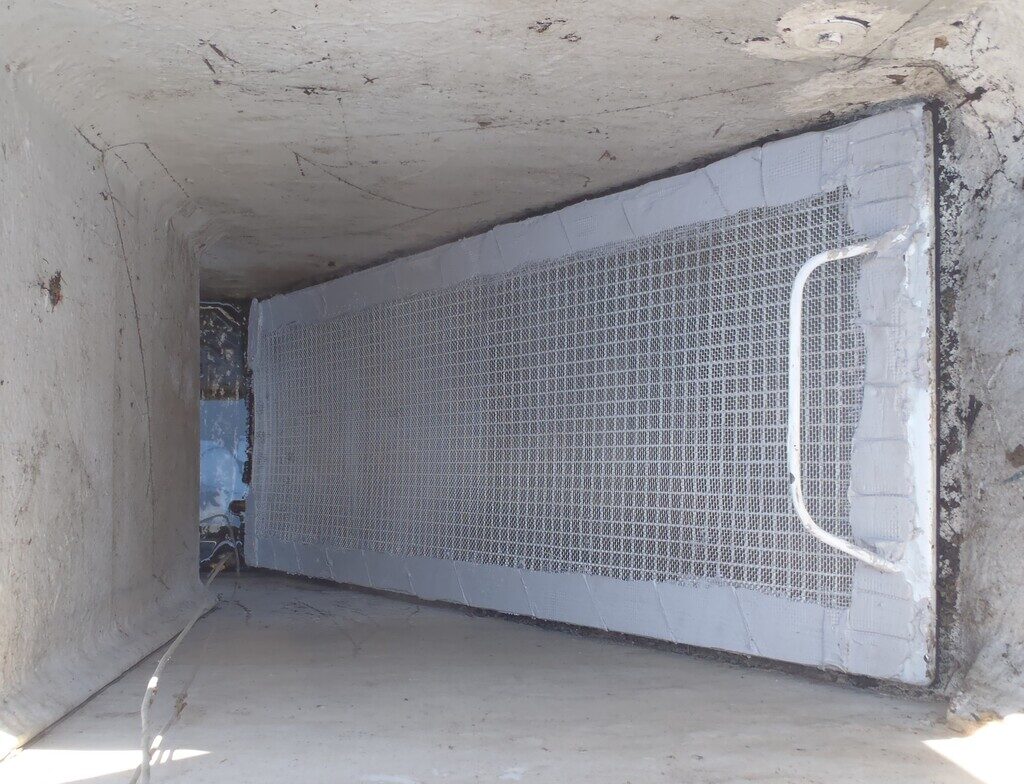We postponed the insertion of the PU foam board into the Great Room walls, because the freezing temperatures that has just arrived with the icy northerly weather, would not allow the gun foam to properly expand and cure in the correct way. So, Tuesday, we switched over to doing another task that has been waiting for months for us to complete. This is the upgrade and repair of our rain water filtration module, specifically, the main large mesh filter that provide the final sieving and removal of larger bits from off the rooves, like moss and leaves. Originally, we used a geotextile cloth like material to provide this filter barrier but we found, unfortunately, the fluffy texture of the cloth made it a good environment for bacteria and fungi to grow, which in turn blocked the last six inches of the filter and we had virtually a permanent pool of water sitting in our filtration module and in turn, in our 100mm pipes that runs right around the whole house.
Last year, we bought some fine mesh stainless steel woven mesh which a 2mm size holes so it will still do the job of stopping the moss and leaves from getting into our underground rain water tanks but the larger and much simpler mesh design would stop any bacteria and fungi from growing.
(here is our roll of the mesh)
But first, we had to drain the filtration module using our built-in little pump which took well over an hour to pull out nearly seven hundred litres of water, pull out the old filter, cut off the old cloth and then give it a thorough scrub in strong detergent to remove the slimy yukky mess.
We discovered that the resin we had coated the mild steel bars with, is showing signs of being chipped and this could be letting in water to oxidise the metal, i.e. rust. We may have to go all stainless steel in a future replacement but for now, we dried it all off and smeared copious amount of grey PU sealant when we put on the stainless steel mesh.
The mesh was cut down to size, 380mm wide by 1100mm long, trimmed around the handle and the extra sticking out tongue piece at the bottom. We then cut several lengths of wooden 2by1 battens, put on parcel sticky tape, wound around a thick wire and cover that up as well with Sellotape (so the PU sealant doesn’t stick to the wood nor wire) and clamped around the edges of the framework to press the engulfed mesh into the PU sealant. The wire is there to try to ensure that we had a little extra amount of sealant above the mesh to provide extra bulk to encapsulate the mesh for long-term strength and stability.
On the following day, we discovered that the grey PU sealant was taking a long time to set, we surmise that this was being caused by the lack of water vapour reaching the sealant to aid in the chemical reactions to set it. So we rigged up a “tent” over the filter and directed our fan heater to blow in warmer air to raise the temperature to speed up that chemical reaction. We had to wait another day and then carefully peal of our battens off. The sealant was just about set but still sticky to the touch so yet another day was required. This is ok as we got on with doing the insulation filling task in the house (the outdoor temperature has warmed up enough to allow us to carry on using the foam gun) and also we performed a test of several different kinds of glues to examine which will work best on naked rubber. We used Stixall, neutral silicone and PU sealant by smearing it hard into the rubber surface.
The conclusions were that the stixall and neutral cure silicone worked very well but the PU one literally rolled off with no difficulties at all.
After several more days of neglecting this task, we finally got bac to finishing off by sticking down a line of glazing rubber strips on the underside of the metal bar. These original rubber strips were left-overs from doing the Skylight and they are 50mm wide but we only wanted half that width so we sliced them down the middle. We then used a Stixall glue (we had several tubes of that left) to glue down the rubber strips onto the metal bar and waited another day again.
We finally installed the repaired and upgraded filter back into the rain water filtration module and we will wait and see how well it performs over the next year or so.
